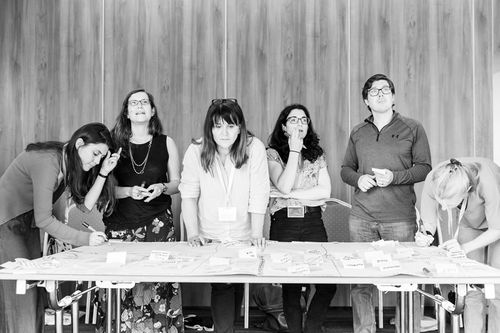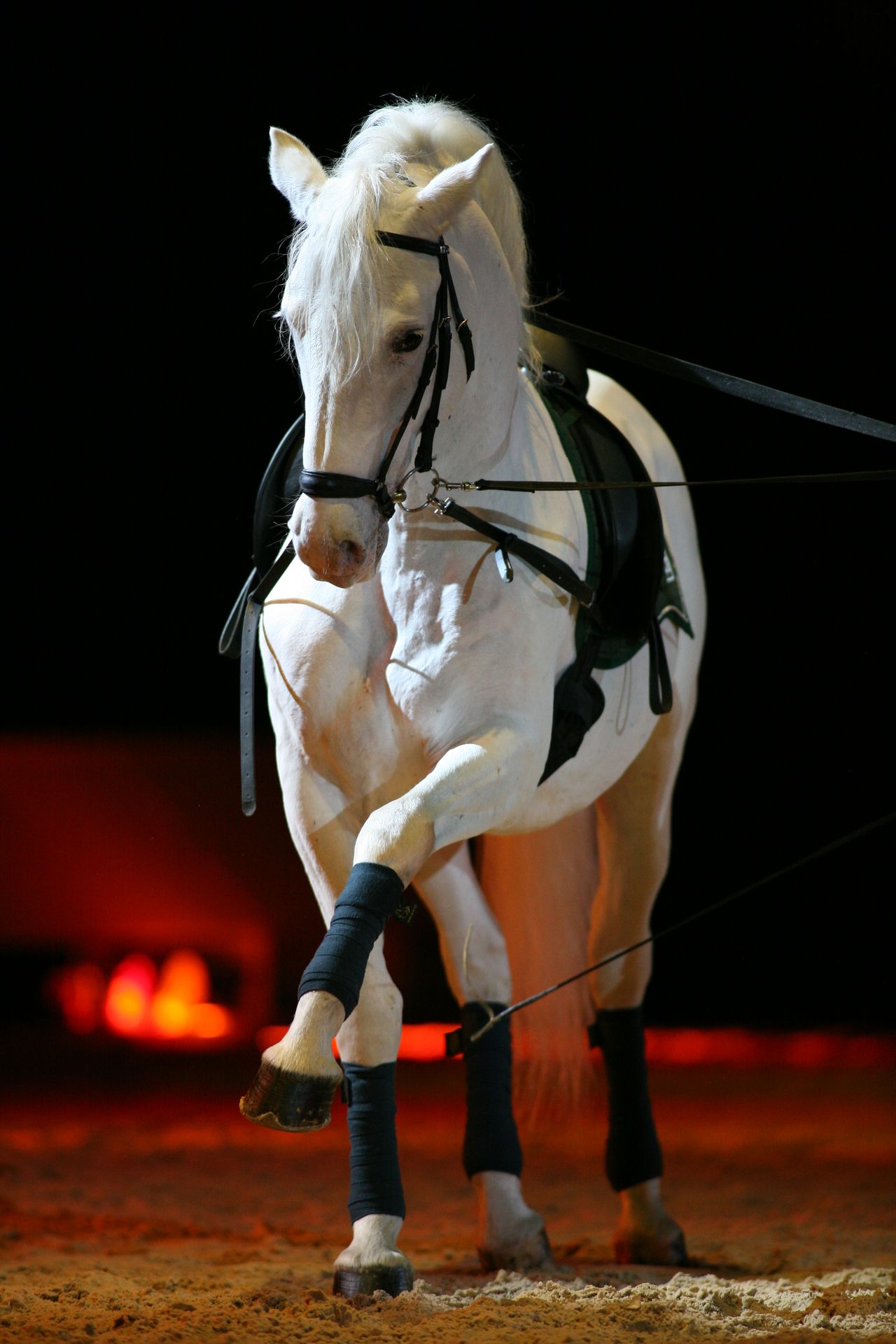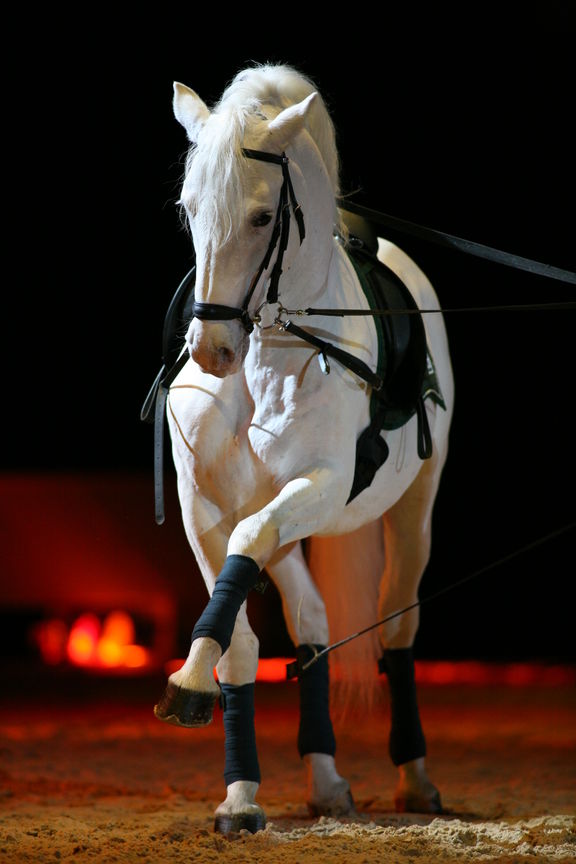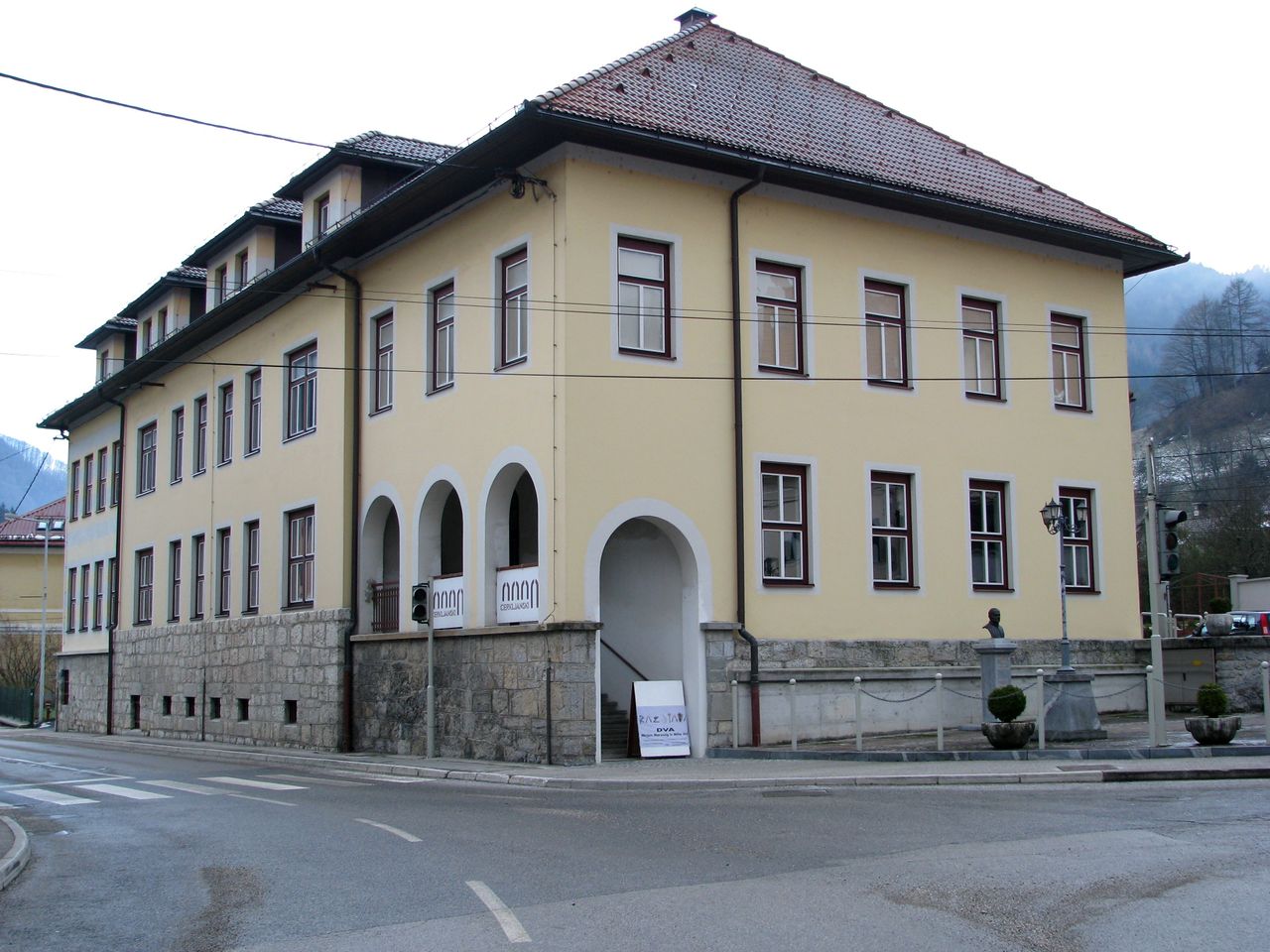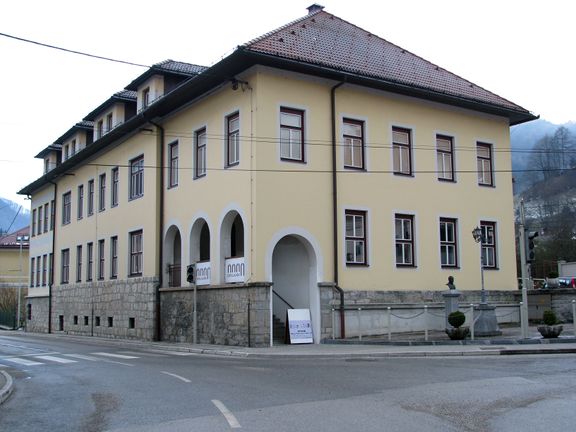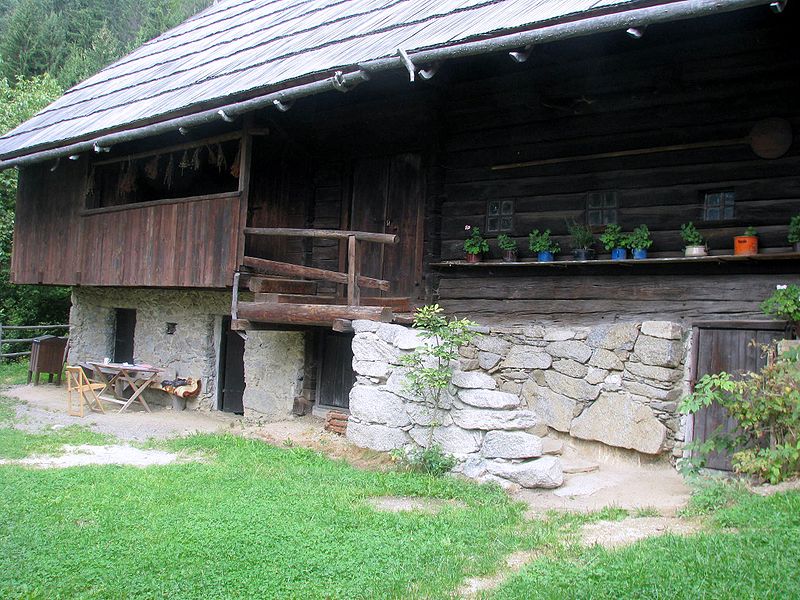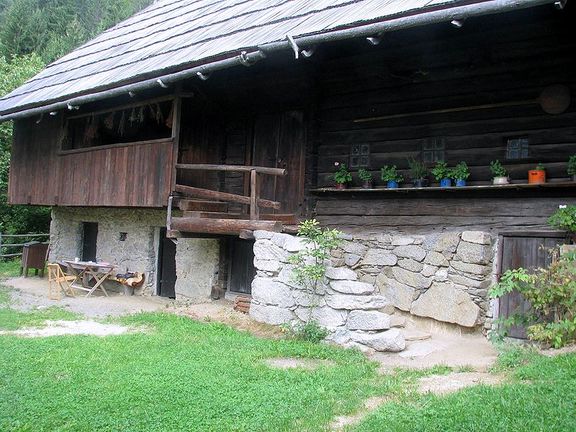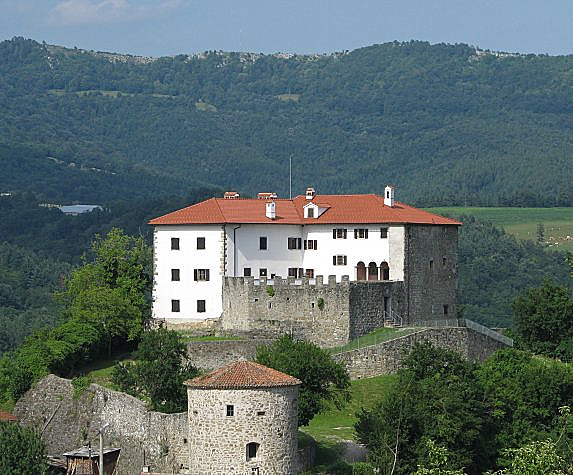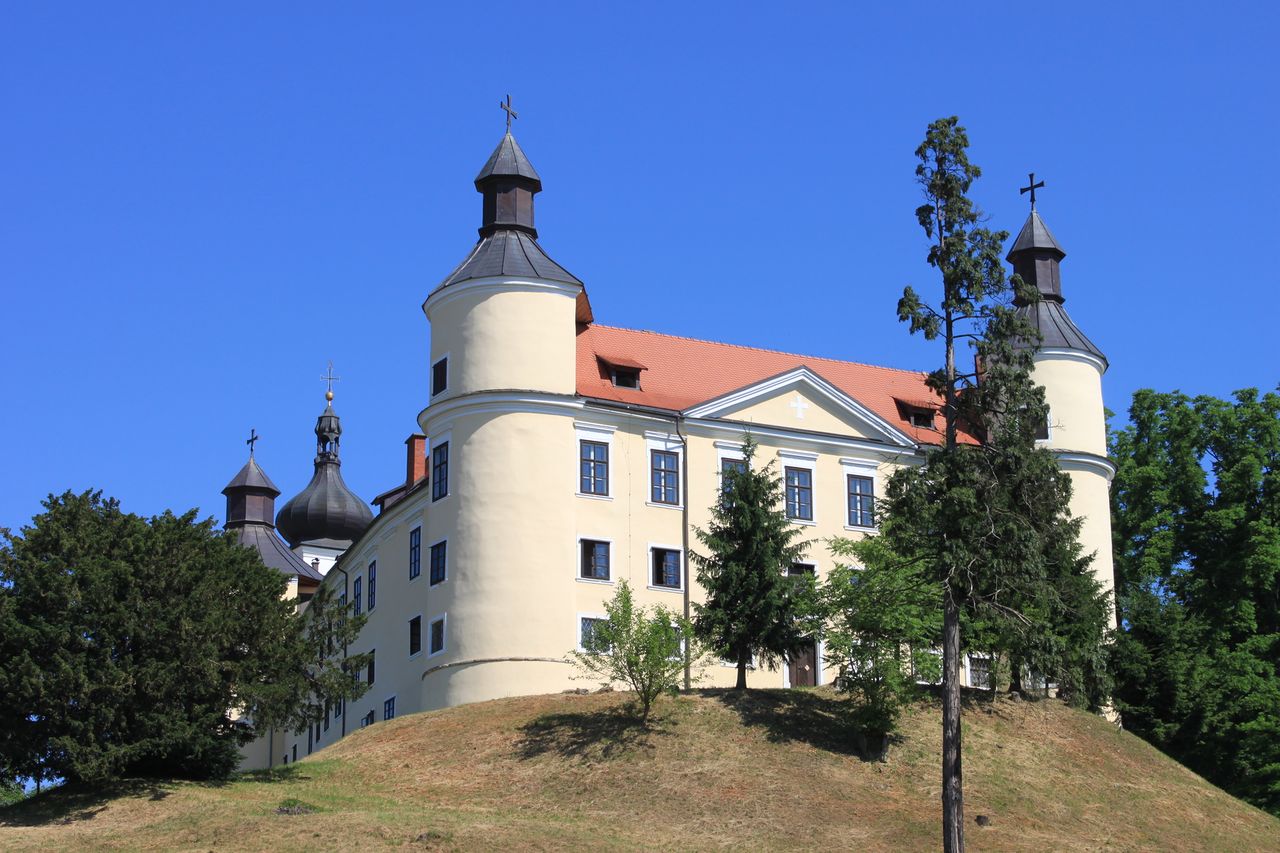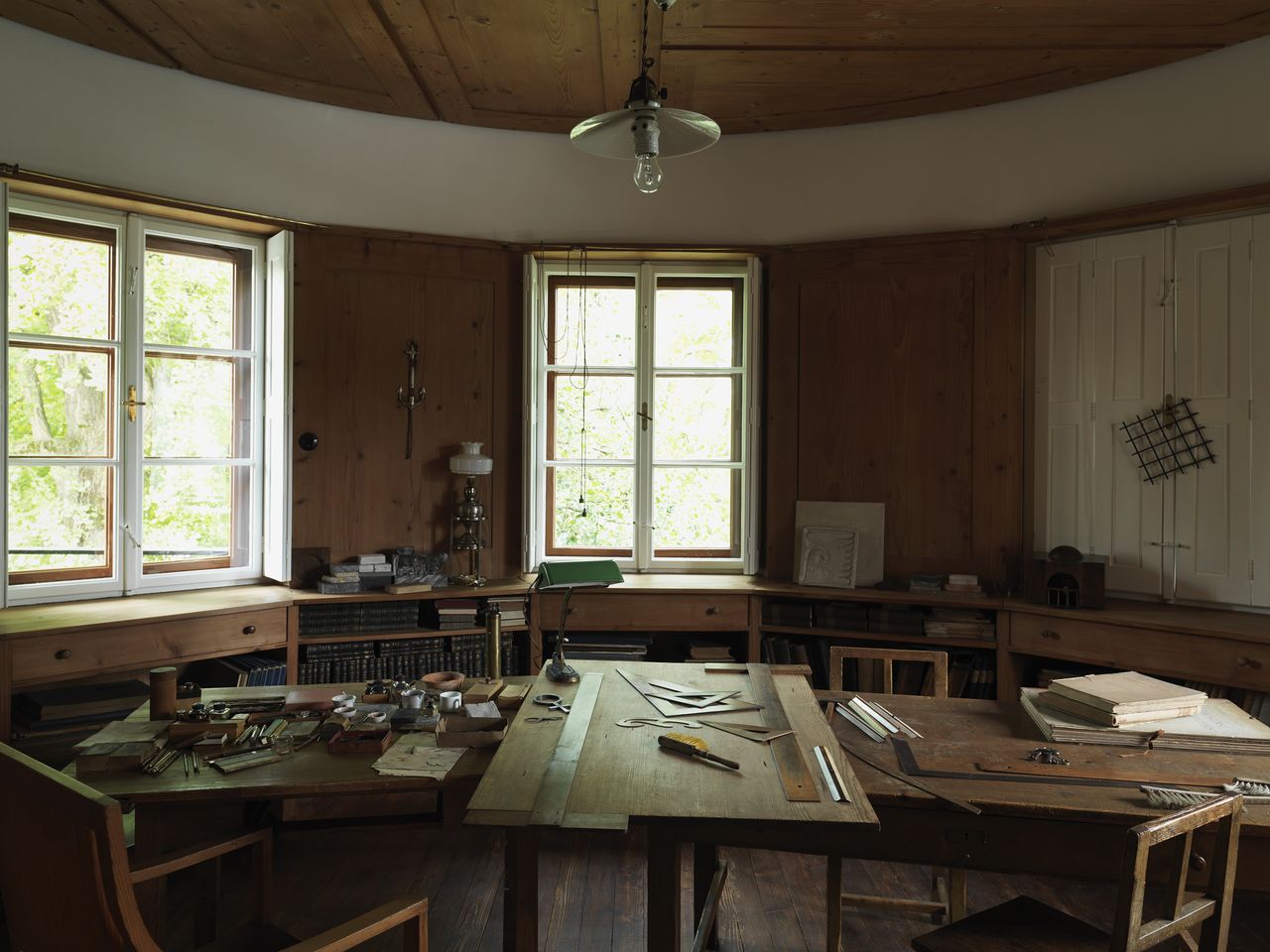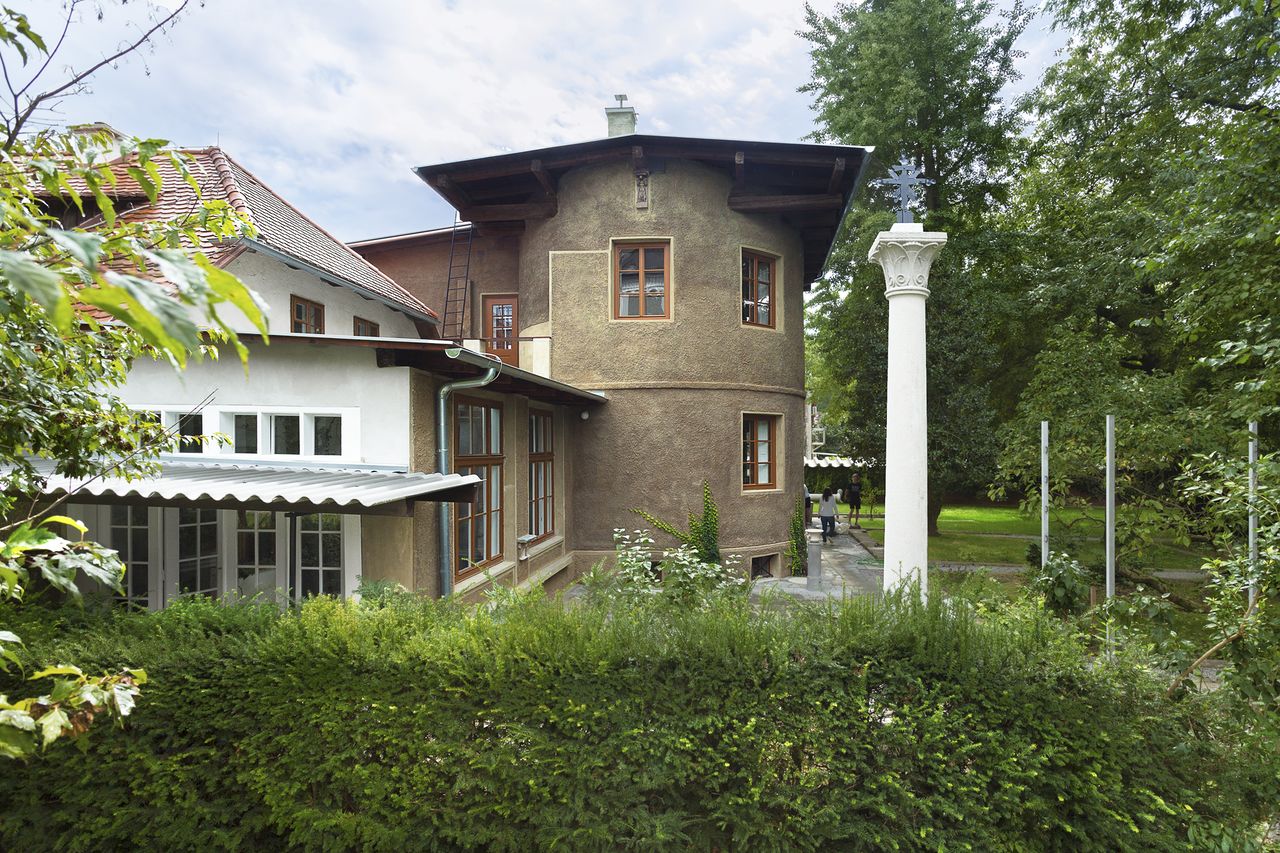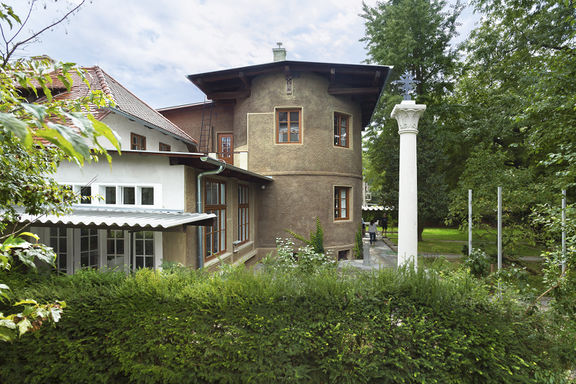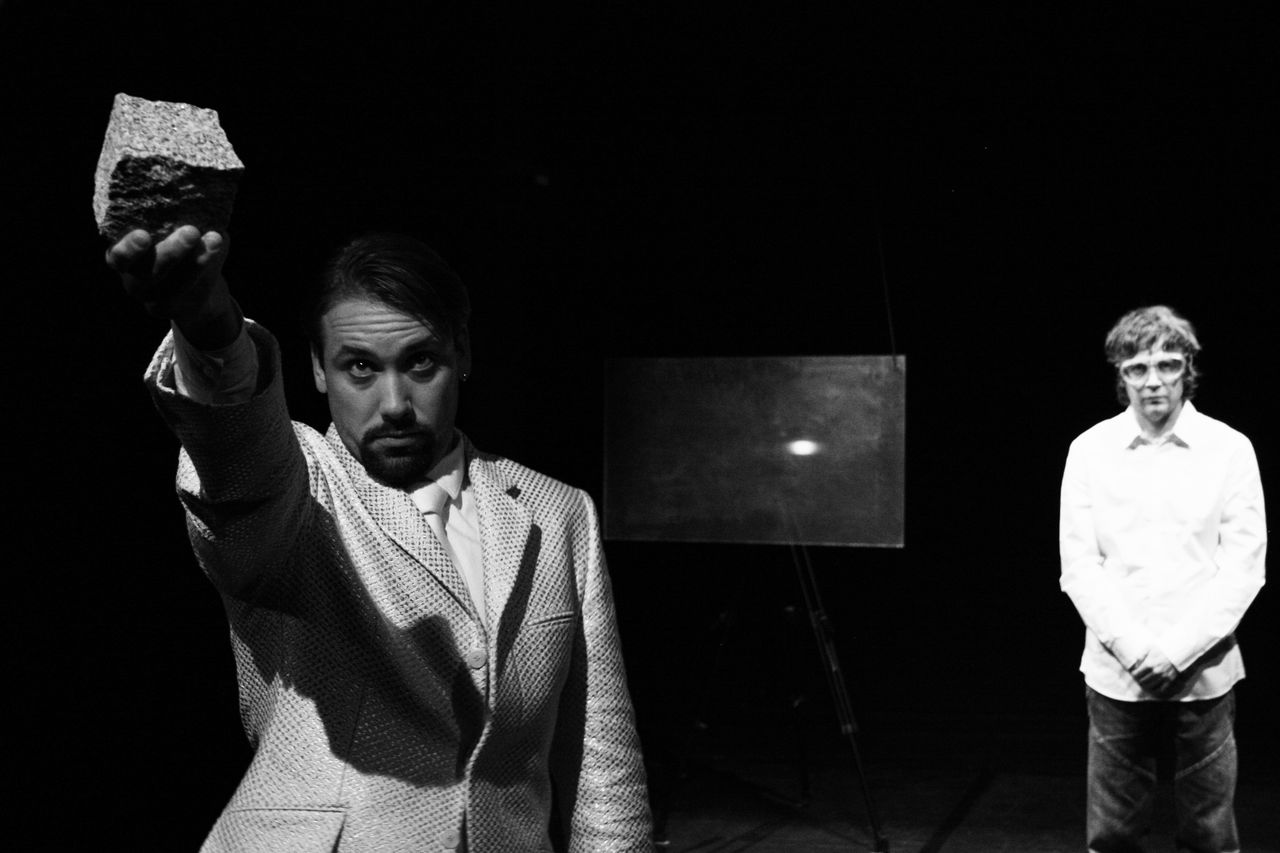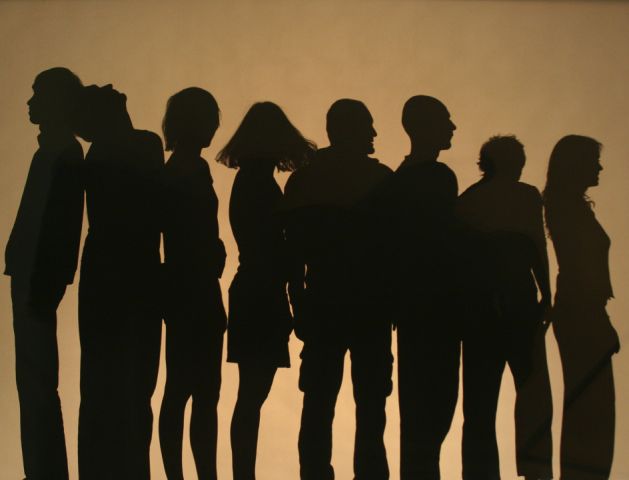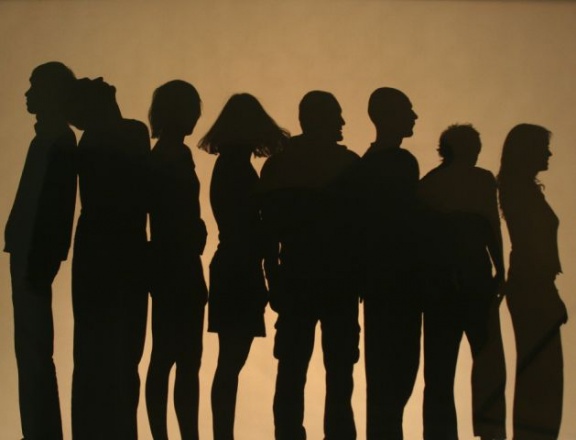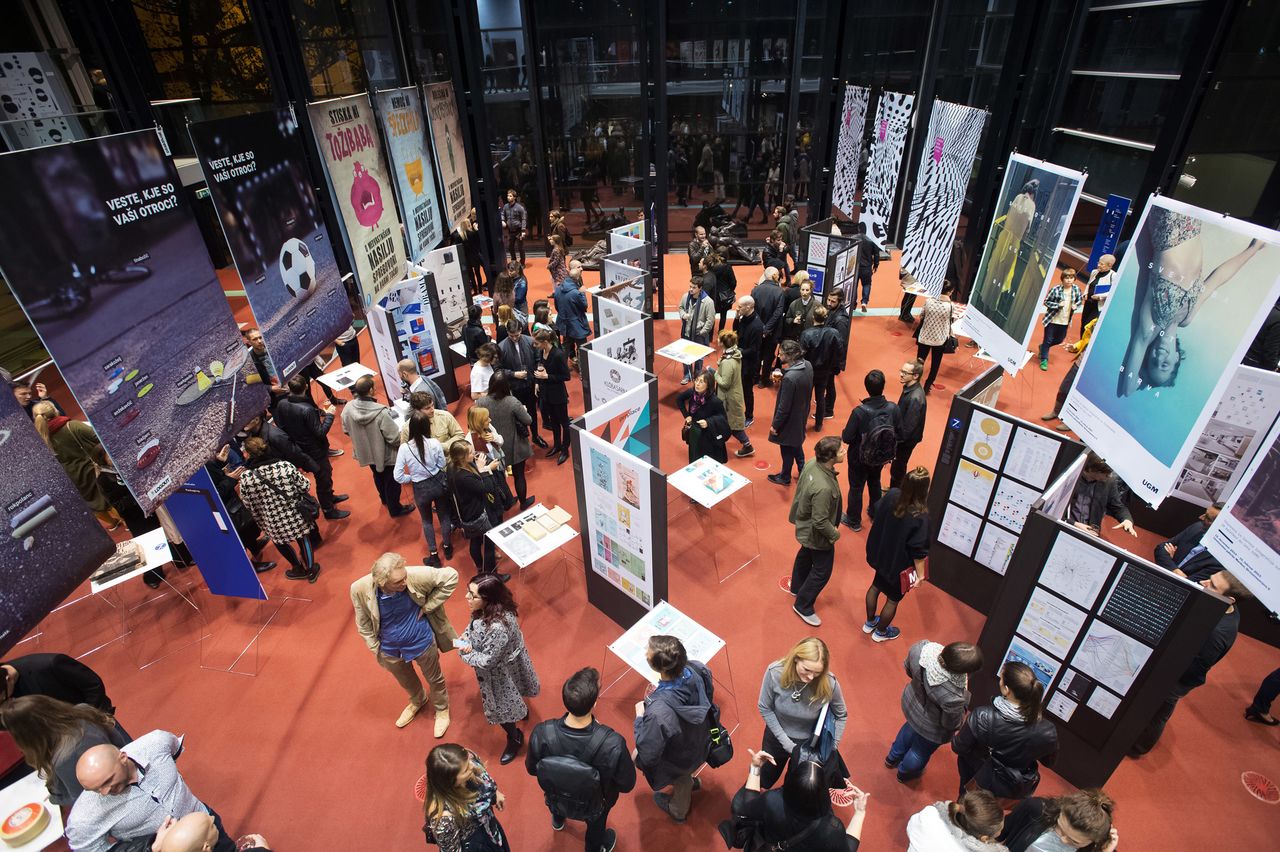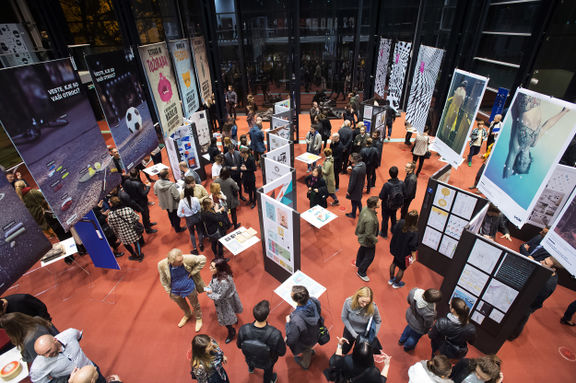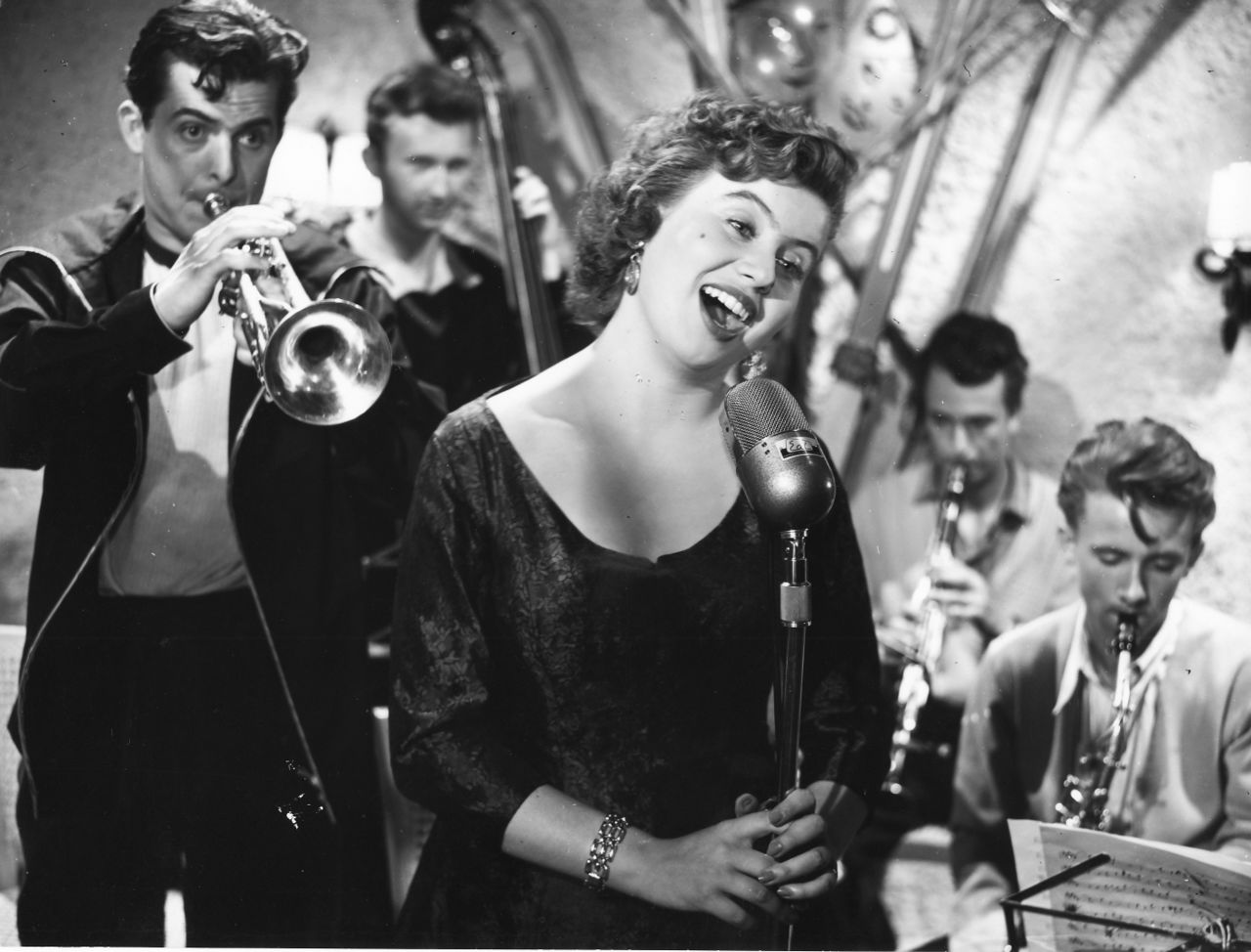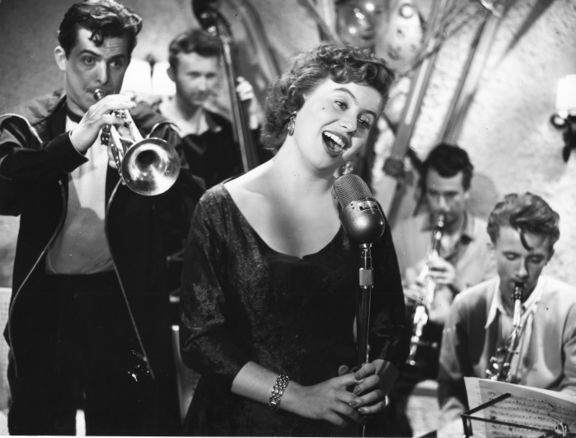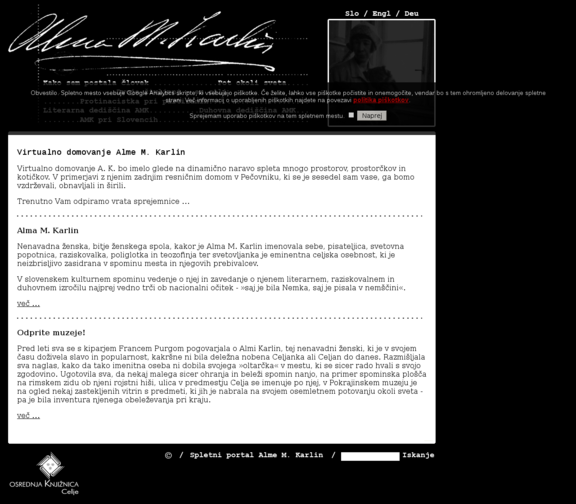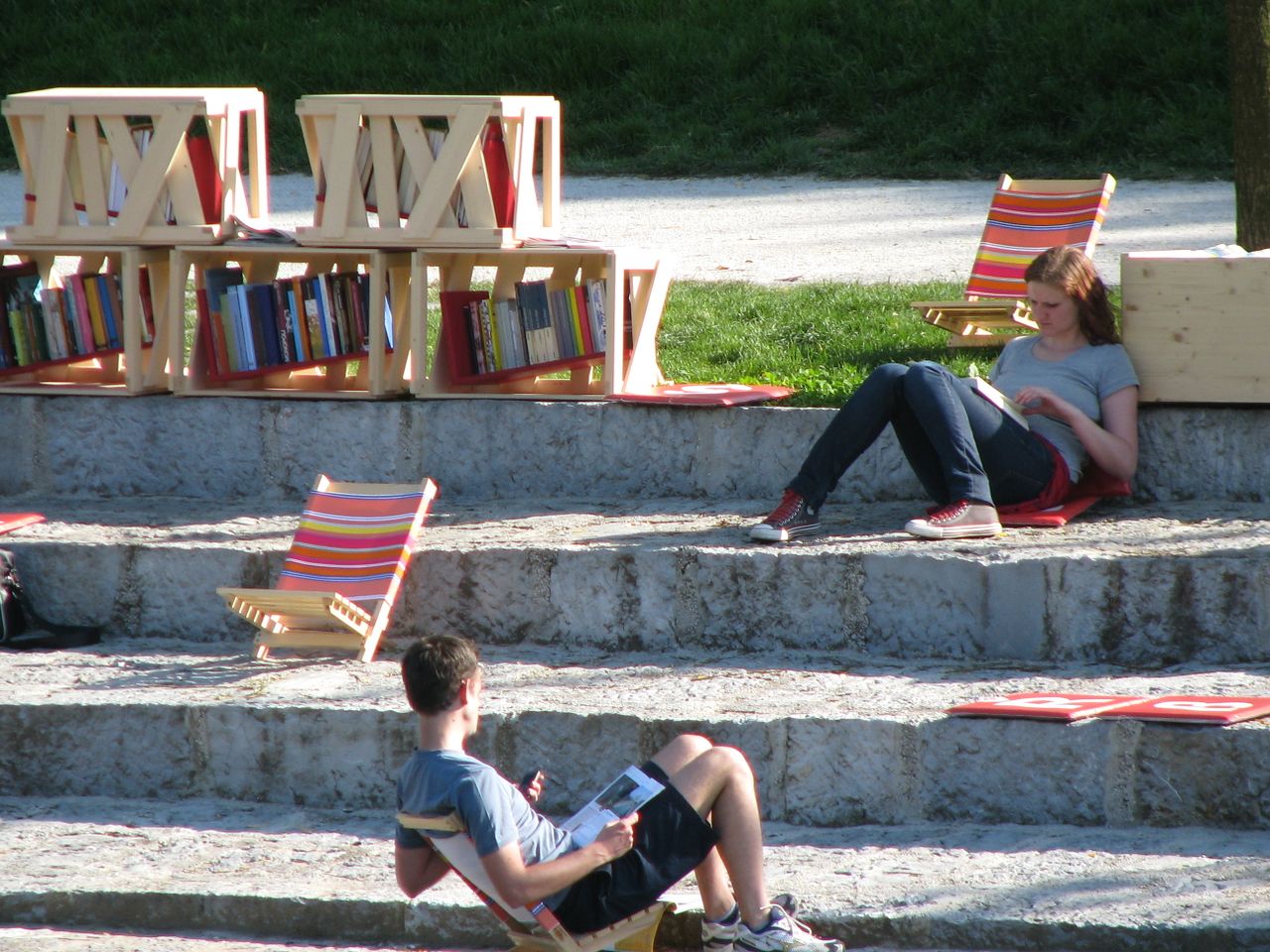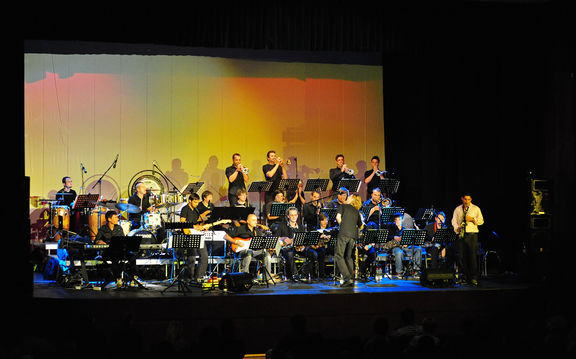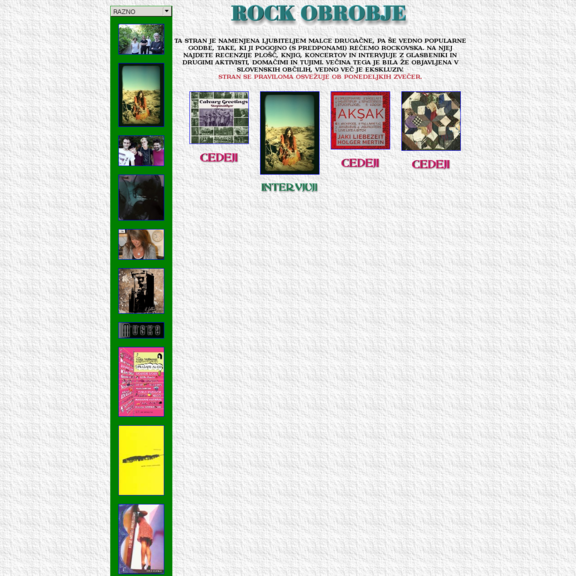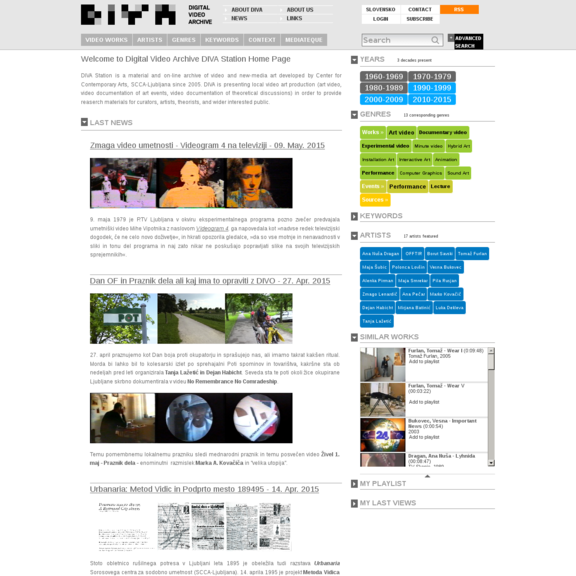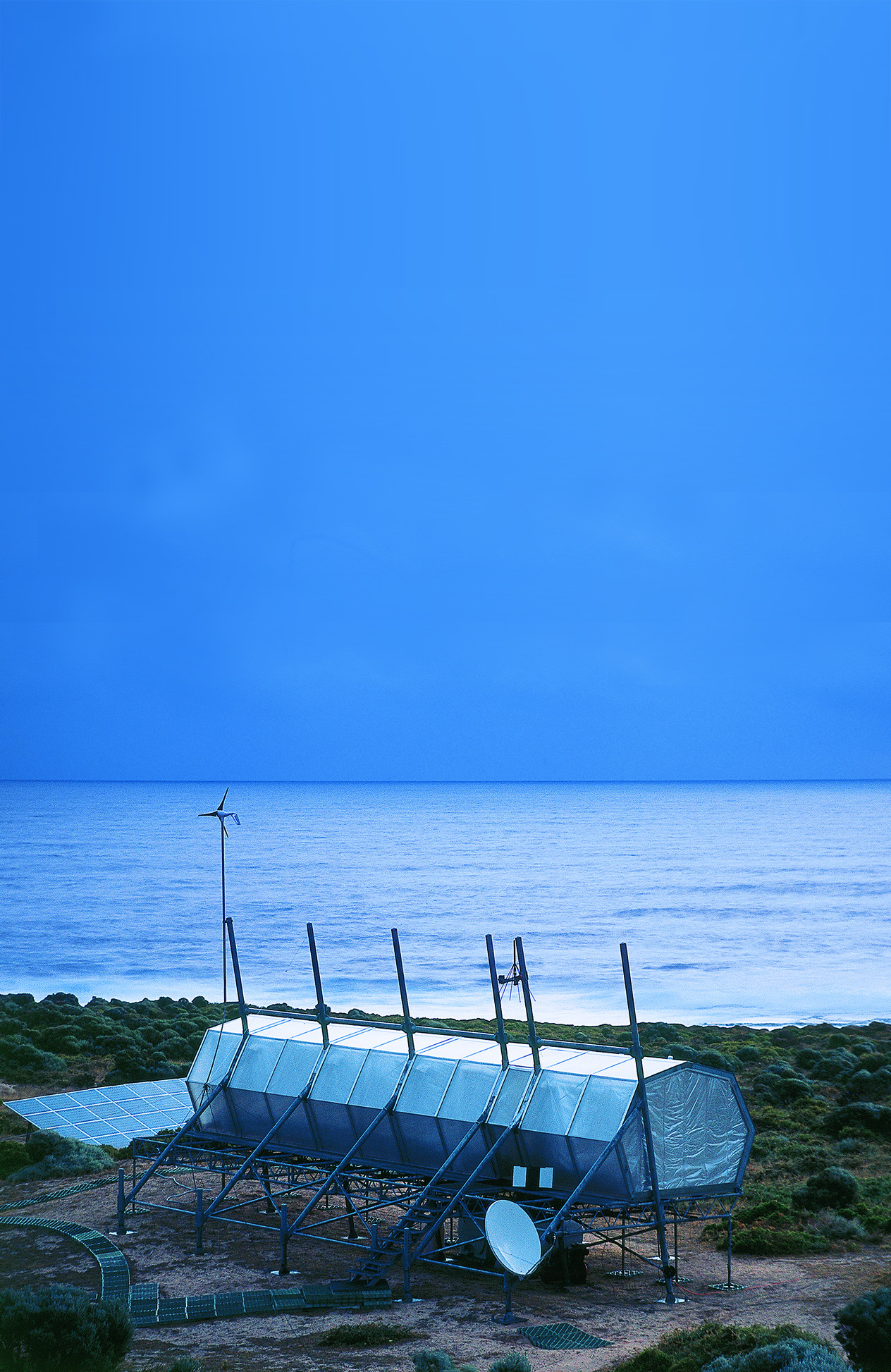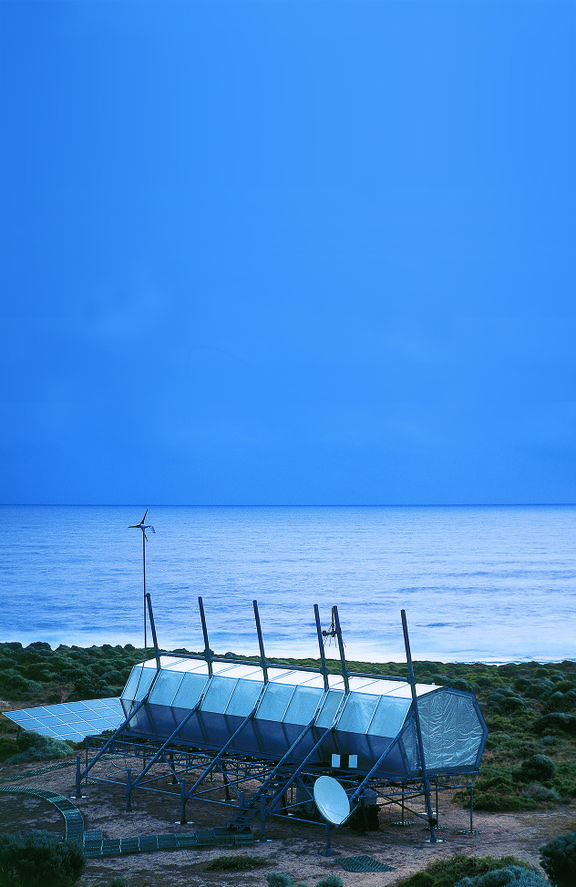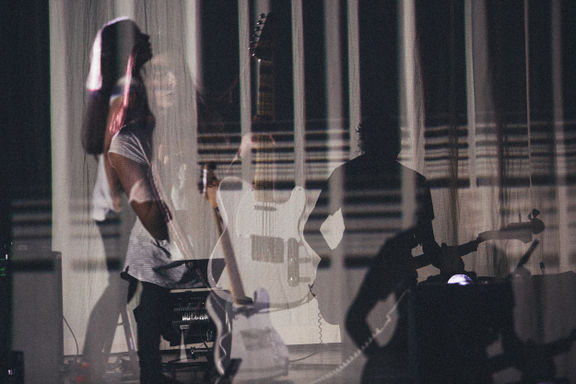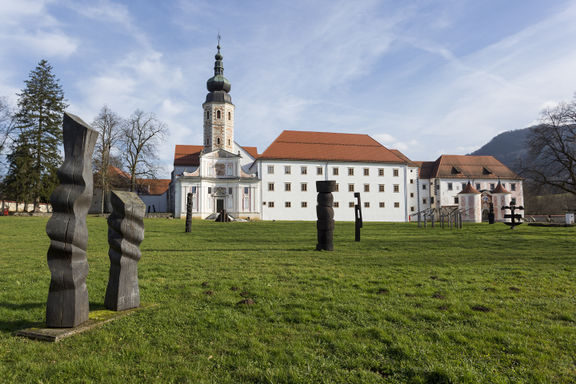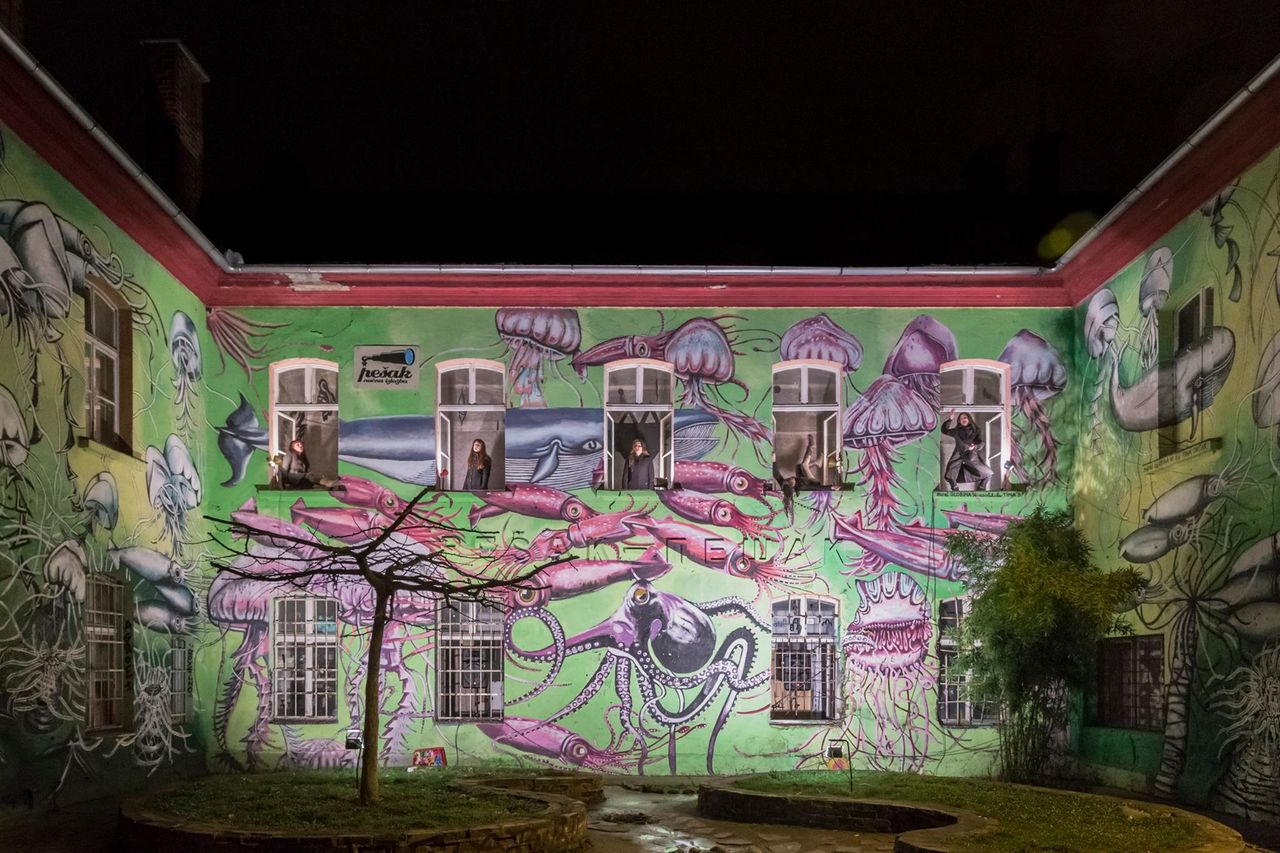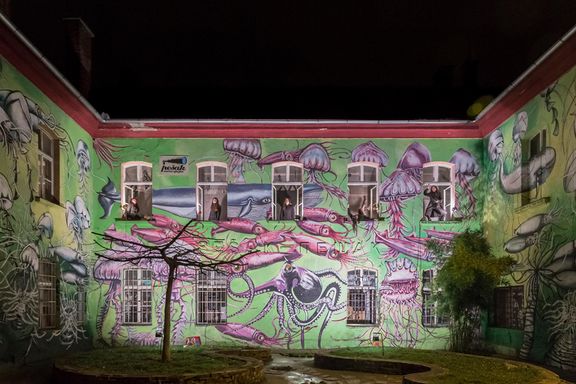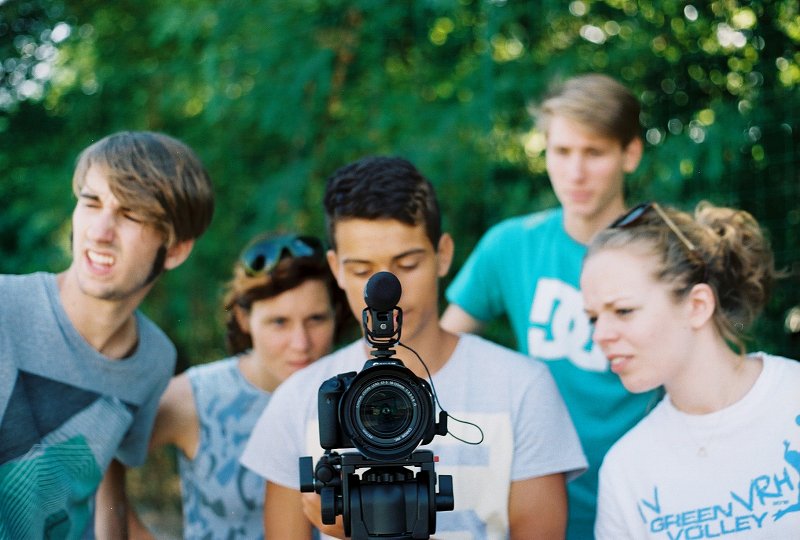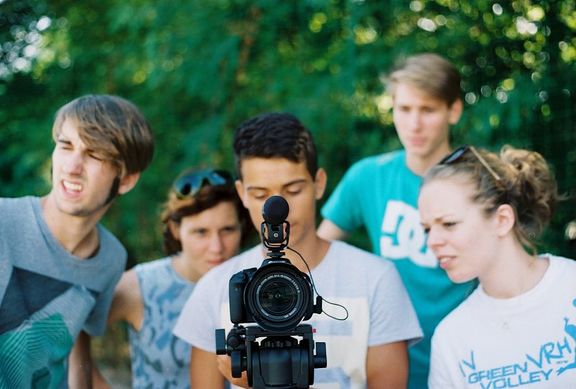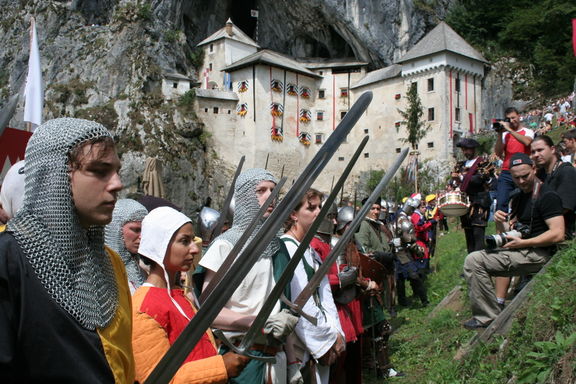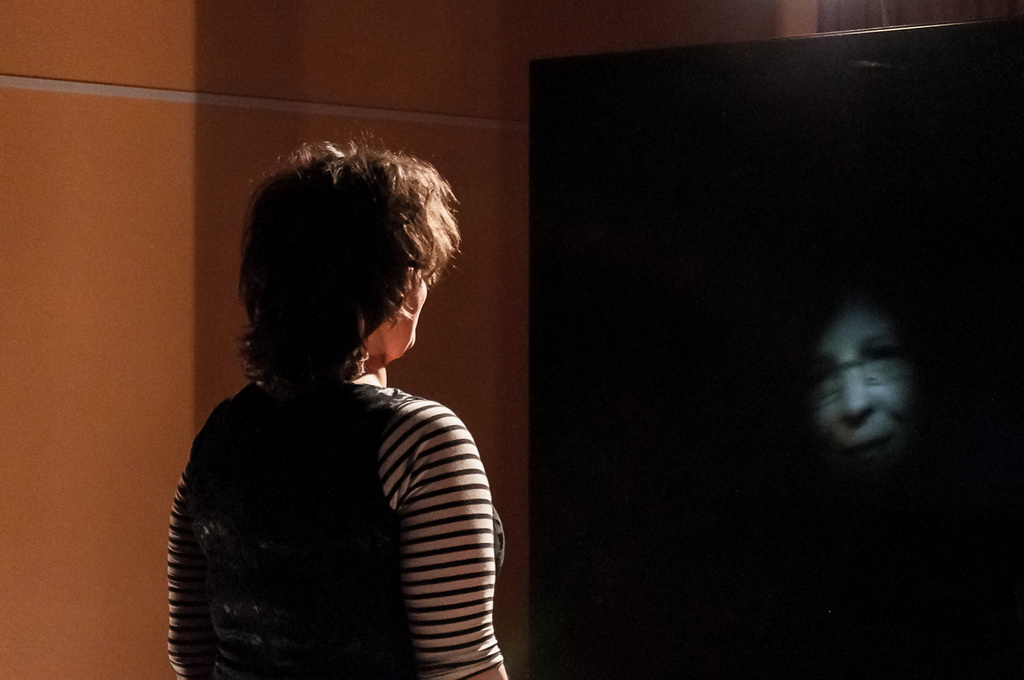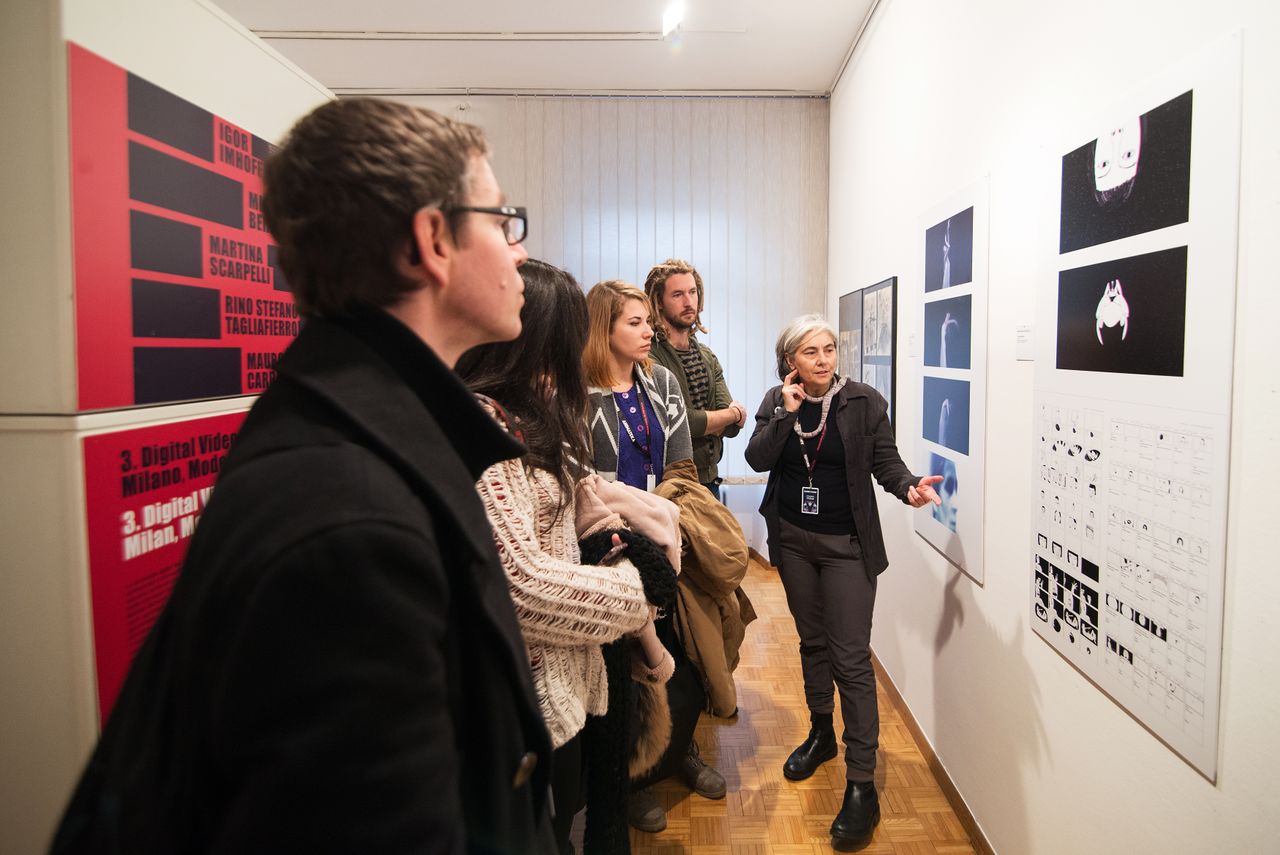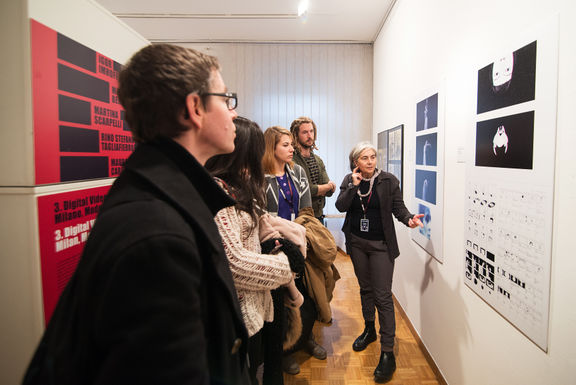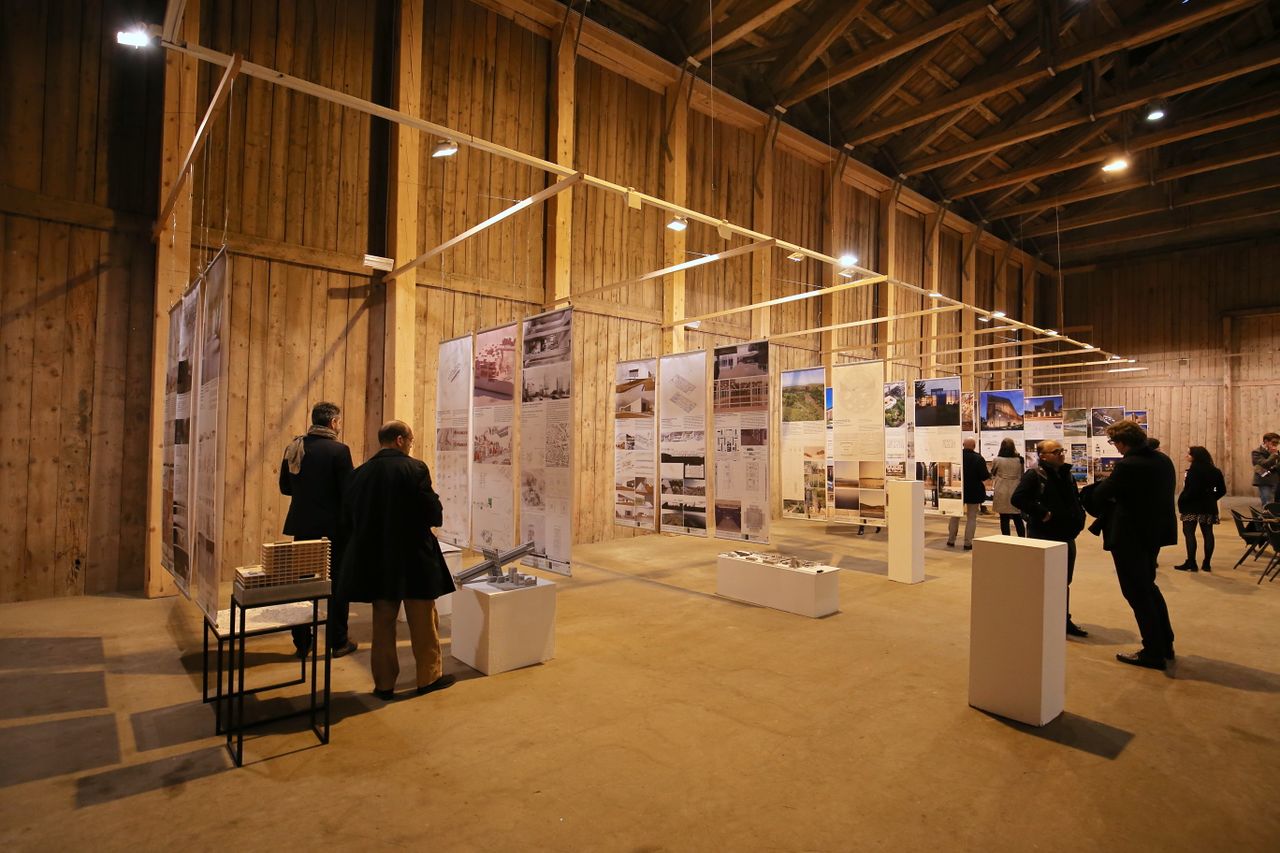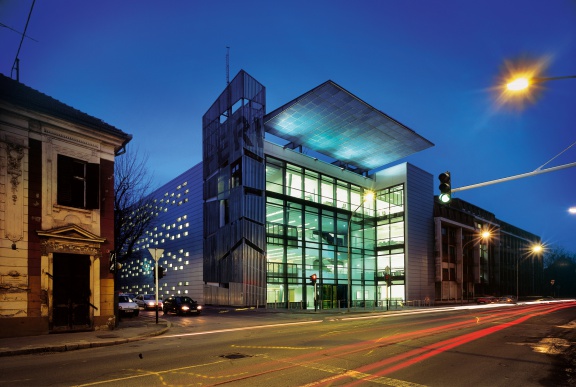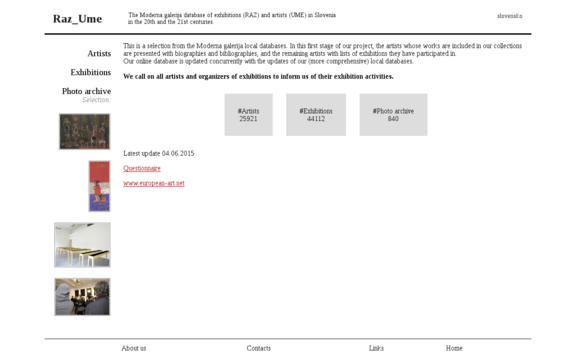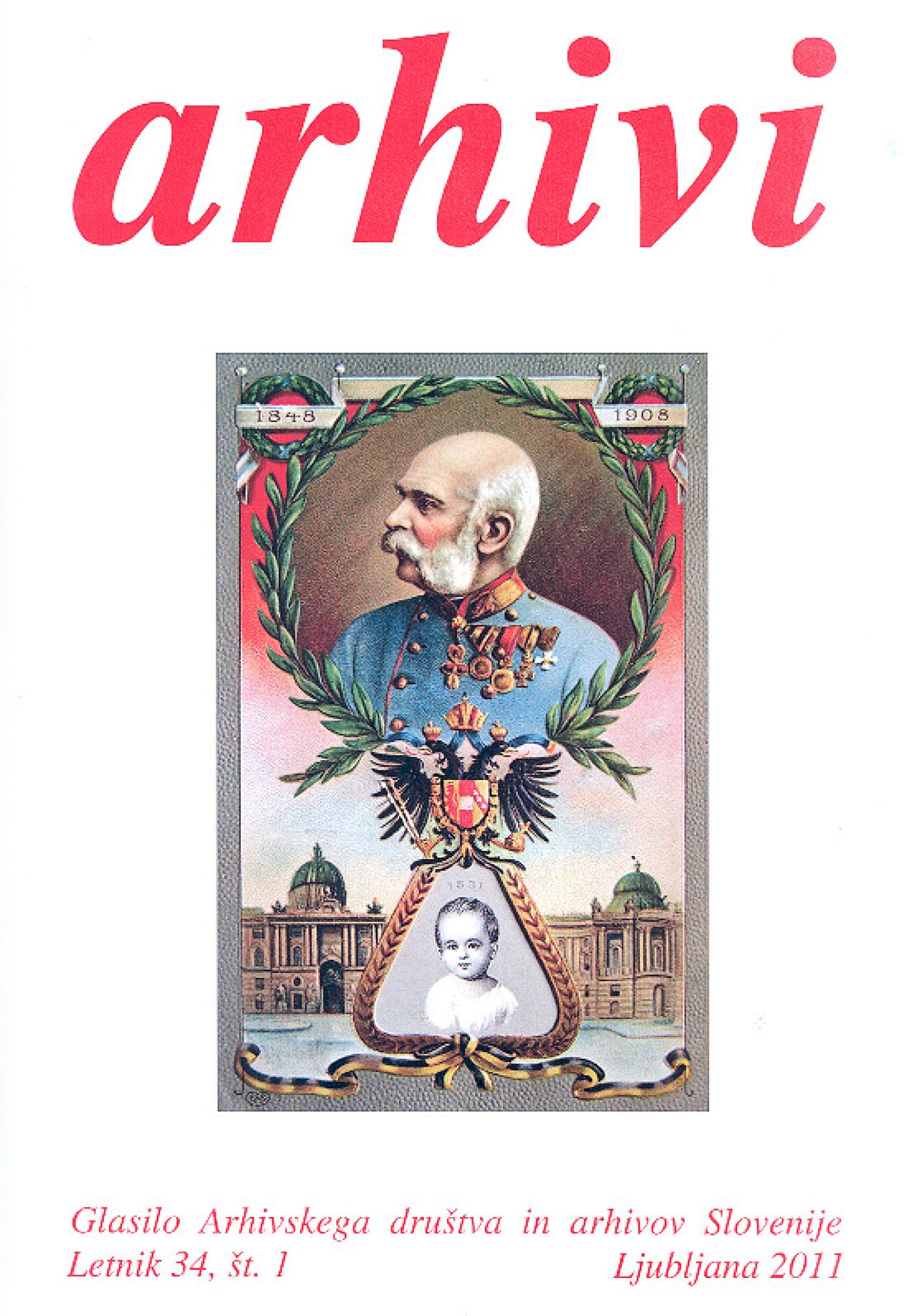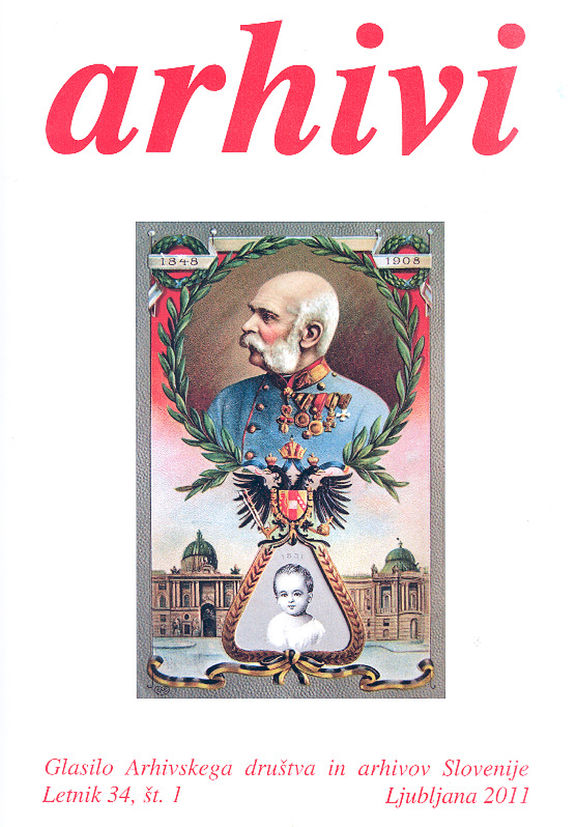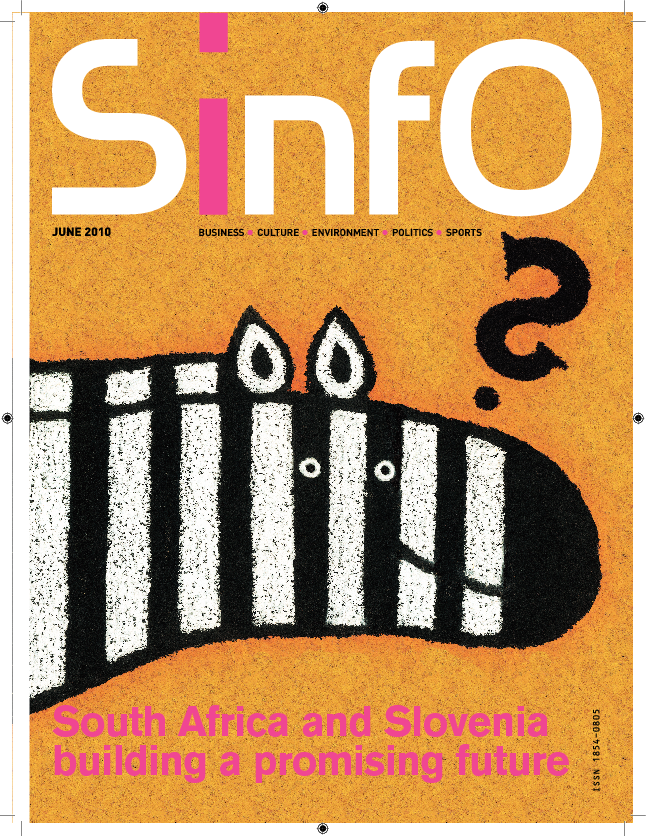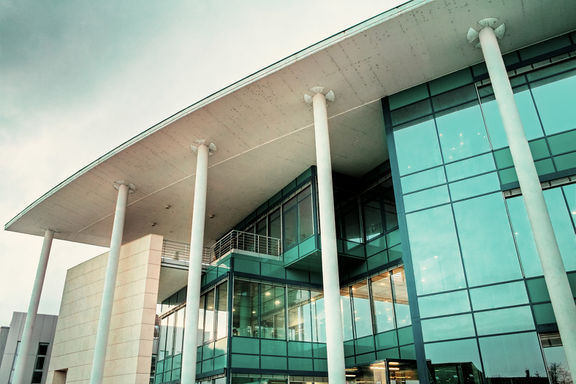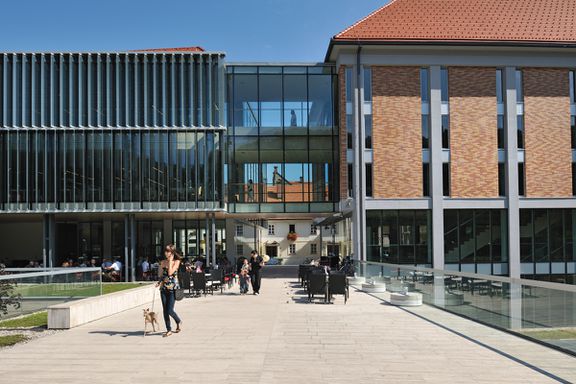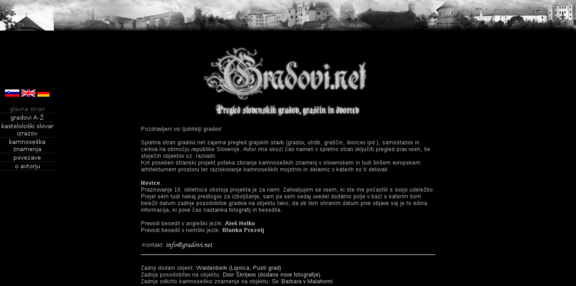Difference between revisions of "Culture.si:Featured"
(Culture.si feature-bot!) |
(Culture.si feature-bot!) |
||
| Line 1: | Line 1: | ||
{{Featured/Cover}} | {{Featured/Cover}} | ||
| + | == Intangible heritage == | ||
| + | {{Featured/Intangible heritage}} | ||
| + | == Monuments and sites == | ||
| + | {{Featured/Monuments and sites}} | ||
| + | == Museums == | ||
| + | {{Featured/Museums}} | ||
== Architecture == | == Architecture == | ||
{{Featured/Architecture}} | {{Featured/Architecture}} | ||
| Line 19: | Line 25: | ||
== Visual arts == | == Visual arts == | ||
{{Featured/Visual arts}} | {{Featured/Visual arts}} | ||
| − | |||
| − | |||
| − | |||
| − | |||
| − | |||
| − | |||
== Producers == | == Producers == | ||
{{Featured/Producers}} | {{Featured/Producers}} | ||
Revision as of 00:35, 6 February 2021
Audiovisual Training and Networking
NOT ROBOT, WRITING DONE, INFOBOX DONE, PROOFREAD DONE, NOVERIFY, NODEPO, PHOTO, Article, NIFERTIK, Film, EU funding of Slovene organisations (Culture and MEDIA Programmes), Film courses, workshops and residencies, Selected, EU Creative Europe, MEDIA funding recipient, Animation, In Focus
Intangible heritage
Monuments and sites
Kavčnik Homestead
NOT ROBOT, WRITING DONE, INFOBOX DONE, PROOFREAD DONE, FERTIK, NOVERIFY, NODEPO, PHOTO, FEATURED, Article, HAS LOGO, Updated 2020, HAS MAP, Venues, Monuments and sites, Articles maintained by Ivan Pirnat, Cultural heritage, Ethnographic museums and collections, Vernacular architecture
Museums
Architecture
Plečnik House
NOT ROBOT, WRITING DONE, INFOBOX DONE, PROOFREAD DONE, FERTIK, NOVERIFY, NODEPO, PHOTO, FEATURED, Article, Articles maintained by Anže Zorman, HAS LOGO, Updated 2017, HAS MAP, Museums, Architecture, Architecture & Design, Architecture museums, Monuments and sites, UNESCO World Heritage Sites in Slovenia, Plečnik heritage
Dance
Maska Institute
NOT ROBOT, WRITING DONE, INFOBOX DONE, PROOFREAD DONE, FERTIK, NOVERIFY, NODEPO, Articles maintained by Katja Kosi, PHOTO, FEATURED, Article, Dance, Theatre & Dance, Producers, Theatre, Theatre producers, Education, Course organisers, Maribor, European Capital of Culture 2012, Courses and workshops, Education and research, HAS LOGO, EU funding of Slovene organisations (Culture and MEDIA Programmes), EU Culture funding recipient, Updated 2020, Exhibition organisers, Publishers, Literature publishers, Theatre course organisers, Theatre courses and workshops, Theatre education, Theatre education and research, Dance producers, Dance education, Dance education and research, Theatre publishers, Dance publishers
Design
Film
EKumba Database
NOT ROBOT, WRITING DONE, INFOBOX DONE, PROOFREAD DONE, FERTIK, NOVERIFY, NODEPO, PHOTO, FEATURED, Article, Theatre & Dance, NO LOGO, Theatre, Articles maintained by Ziga Brdnik, Film, Film media, Theatre media, Funding, professional and support services, Support services, Film support services, Film funding, professional and support services, Web resources, Film web resources, Theatre support services, Theatre funding, professional and support services, Theatre web resources
Literature
Music
Big Band KK
NOT ROBOT, WRITING DONE, INFOBOX DONE, PROOFREAD DONE, FERTIK, NOVERIFY, NODEPO, PHOTO, FEATURED, Article, Articles maintained by Anže Zorman, Music, Music groups, ensembles and orchestras, EU funding of Slovene organisations (Culture and MEDIA Programmes), EU Culture funding recipient, Rock, Jazz
New media art
DIVA Station
NOT ROBOT, WRITING DONE, INFOBOX DONE, PROOFREAD DONE, FERTIK, NOVERIFY, NODEPO, PHOTO, FEATURED, Article, HAS LOGO, New media art, Articles maintained by Ziga Brdnik, Film, Film media, Visual arts, Web resources, Film web resources, Visual arts web resources, New media art web resources, Video, New media art archives, New media art archives and libraries
Projekt Atol Institute
NOT ROBOT, WRITING DONE, INFOBOX DONE, PROOFREAD DONE, FERTIK, NEEDSUPDATE, NOVERIFY, NODEPO, PHOTO, FEATURED, Article, Theatre & Dance, Producers, Theatre, Theatre producers, Music, HAS LOGO, New media art, EU funding of Slovene organisations (Culture and MEDIA Programmes), EU Culture funding recipient, Visual arts, New media art producers, New media art workshop organisers, Visual arts producers, Visual arts exhibition organisers, Exhibition organisers, EU Creative Europe, Culture funding recipient, KONS Platform, New media art course and workshop organisers, Music event organisers, Music festival and event organisers, Workshop organisers, Šiška Cultural Quarter, COVER, New media art event organisers, New media art festival and event organisers, Articles maintained by Jwilcoxen, Music publishers
Theatre
Glej Theatre
NOT ROBOT, WRITING DONE, INFOBOX DONE, PROOFREAD DONE, FERTIK, NOVERIFY, NODEPO, Articles maintained by Katja Kosi, PHOTO, FEATURED, Article, Groups, Theatre & Dance, Producers, Theatre, Theatre producers, Theatre groups, HAS LOGO, EU funding of Slovene organisations (Culture and MEDIA Programmes), EU Culture funding recipient, Updated 2017, HAS MAP, Venues, EU Creative Europe, Culture funding recipient, Event organisers, Festival organisers, Puppetry event organisers, Puppetry, Puppetry festival and event organisers, Theatre festival organisers, Theatre festival and event organisers, Theatre venues
Visual arts
Božidar Jakac Art Museum, Kostanjevica na Krki
NOT ROBOT, WRITING DONE, INFOBOX DONE, PROOFREAD DONE, FERTIK, NOVERIFY, NODEPO, PHOTO, FEATURED, Article, HAS LOGO, Updated 2020, HAS MAP, Visual arts galleries, Visual arts, Galleries, Venues, Museums, Articles maintained by Admin, Visual arts museums, Municipal cultural institutions, Forma Viva Collection
Producers
Venues
Juršče Culture House
NOT ROBOT, WRITING DONE, INFOBOX DONE, PROOFREAD DONE, FERTIK, NOVERIFY, NODEPO, PHOTO, FEATURED, Article, Articles maintained by Anže Zorman, HAS MAP, Venues, Updated 2018, Cultural centres
Festivals
Funding
Italian Cultural Institute, Ljubljana
NOT ROBOT, WRITING DONE, INFOBOX DONE, PROOFREAD DONE, FERTIK, NOVERIFY, NODEPO, PHOTO, FEATURED, Article, HAS LOGO, Articles maintained by Editor, HAS MAP, Funding, Funding, professional and support services, Support services, International cultural centres, International funding
Education
Piran Days of Architecture
NOT ROBOT, WRITING DONE, INFOBOX DONE, PROOFREAD DONE, FERTIK, NOVERIFY, NODEPO, PHOTO, FEATURED, Article, Education, Education and research, HAS LOGO, Festivals, Festivals in November, Updated 2017, Architecture, Architecture & Design, Architecture education and research, Articles maintained by Tea Pristolič, Architecture education, Architecture festivals
Faculty of Electrical Engineering and Computer Science, University of Maribor
NOT ROBOT, WRITING DONE, INFOBOX DONE, PROOFREAD DONE, FERTIK, NOVERIFY, NODEPO, PHOTO, FEATURED, Article, Education, Education and research, HAS LOGO, New media art, EU funding of Slovene organisations (Culture and MEDIA Programmes), EU Culture funding recipient, Public entities, Academies and faculties, New media art education and research, Articles maintained by Dare Pejić, Research, Education and Research, New media art education
Support services
Raz Ume Database
NOT ROBOT, WRITING DONE, INFOBOX DONE, PROOFREAD DONE, FERTIK, NOVERIFY, NODEPO, PHOTO, FEATURED, Article, New media art, Funding, professional and support services, Archives & Libraries, Visual arts, Support services, Articles maintained by Admin, Archives, Web resources, Visual arts web resources, New media art web resources, Visual arts archives, New media art archives, New media art archives and libraries, Visual arts archives and libraries
Balassi Institute Ljubljana
NOT ROBOT, WRITING DONE, INFOBOX DONE, PROOFREAD DONE, FERTIK, NOVERIFY, NODEPO, PHOTO, FEATURED, Article, HAS LOGO, Updated 2017, Articles maintained by Editor, Public entities, Funding, Funding, professional and support services, Support services, International cultural centres, International funding
Media
Libraries
Murska Sobota Regional and Study Library
NOT ROBOT, WRITING DONE, INFOBOX DONE, PROOFREAD DONE, FERTIK, NOVERIFY, NODEPO, PHOTO, FEATURED, Article, HAS LOGO, HAS MAP, Public entities, Libraries, Archives & Libraries, Venues, Library institutions, Cultural diversity, Articles maintained by Anja Mrak, Regional libraries
Archives
Audiovisual Laboratory, Institute of Slovene Ethnology
NOT ROBOT, WRITING DONE, INFOBOX DONE, PROOFREAD DONE, FERTIK, NOVERIFY, NODEPO, PHOTO, FEATURED, Article, NO LOGO, Music, Articles maintained by Ziga Brdnik, Film, Updated 2017, Film education and research, Archives & Libraries, Music archives and libraries, Museums, Intangible heritage, Archives, Research, Education and Research, Cultural heritage education and research, Heritage research, Film archives, Museum education, Film research, Music archives
Web resources
EKumba Database
NOT ROBOT, WRITING DONE, INFOBOX DONE, PROOFREAD DONE, FERTIK, NOVERIFY, NODEPO, PHOTO, FEATURED, Article, Theatre & Dance, NO LOGO, Theatre, Articles maintained by Ziga Brdnik, Film, Film media, Theatre media, Funding, professional and support services, Support services, Film support services, Film funding, professional and support services, Web resources, Film web resources, Theatre support services, Theatre funding, professional and support services, Theatre web resources



